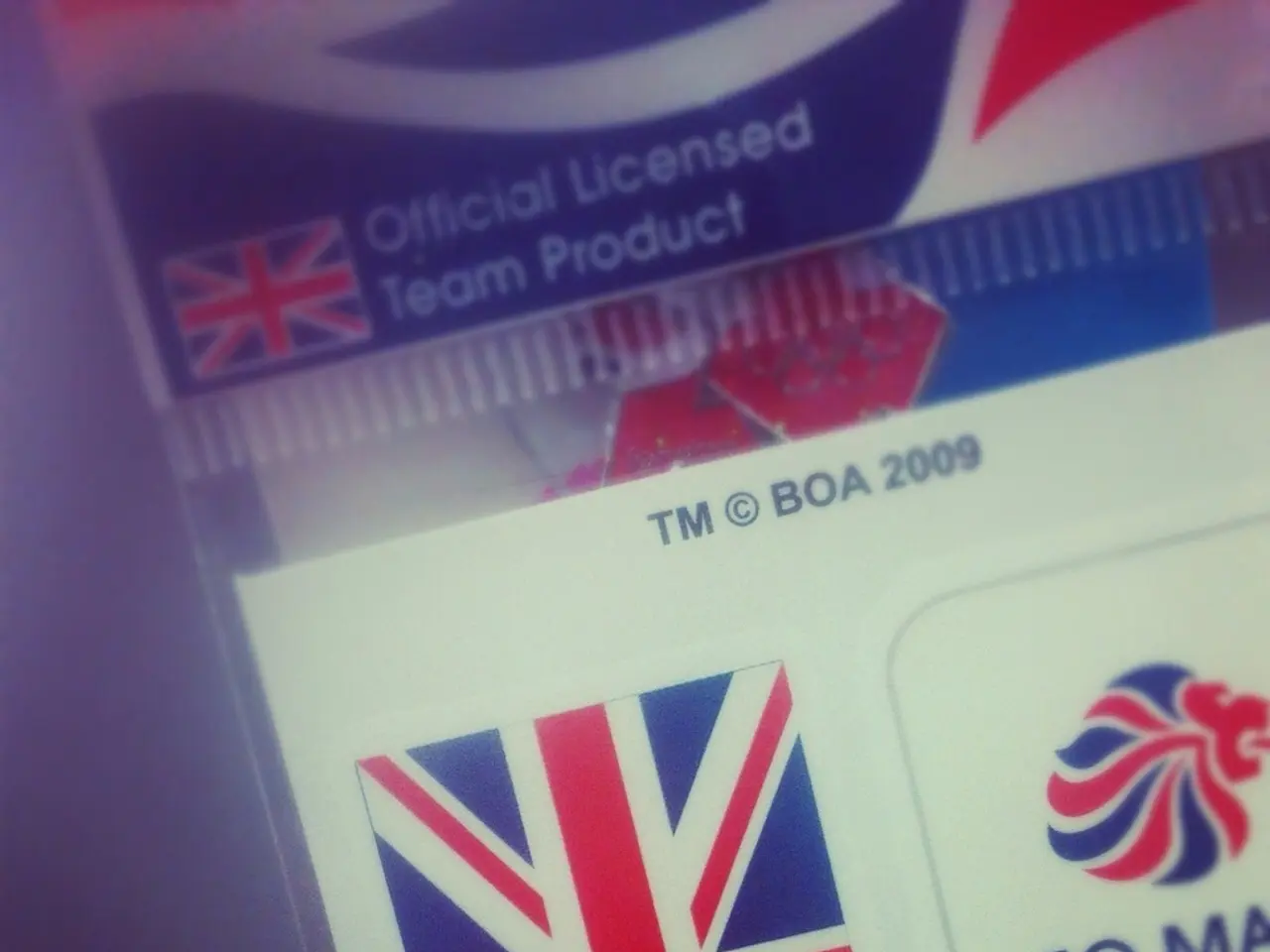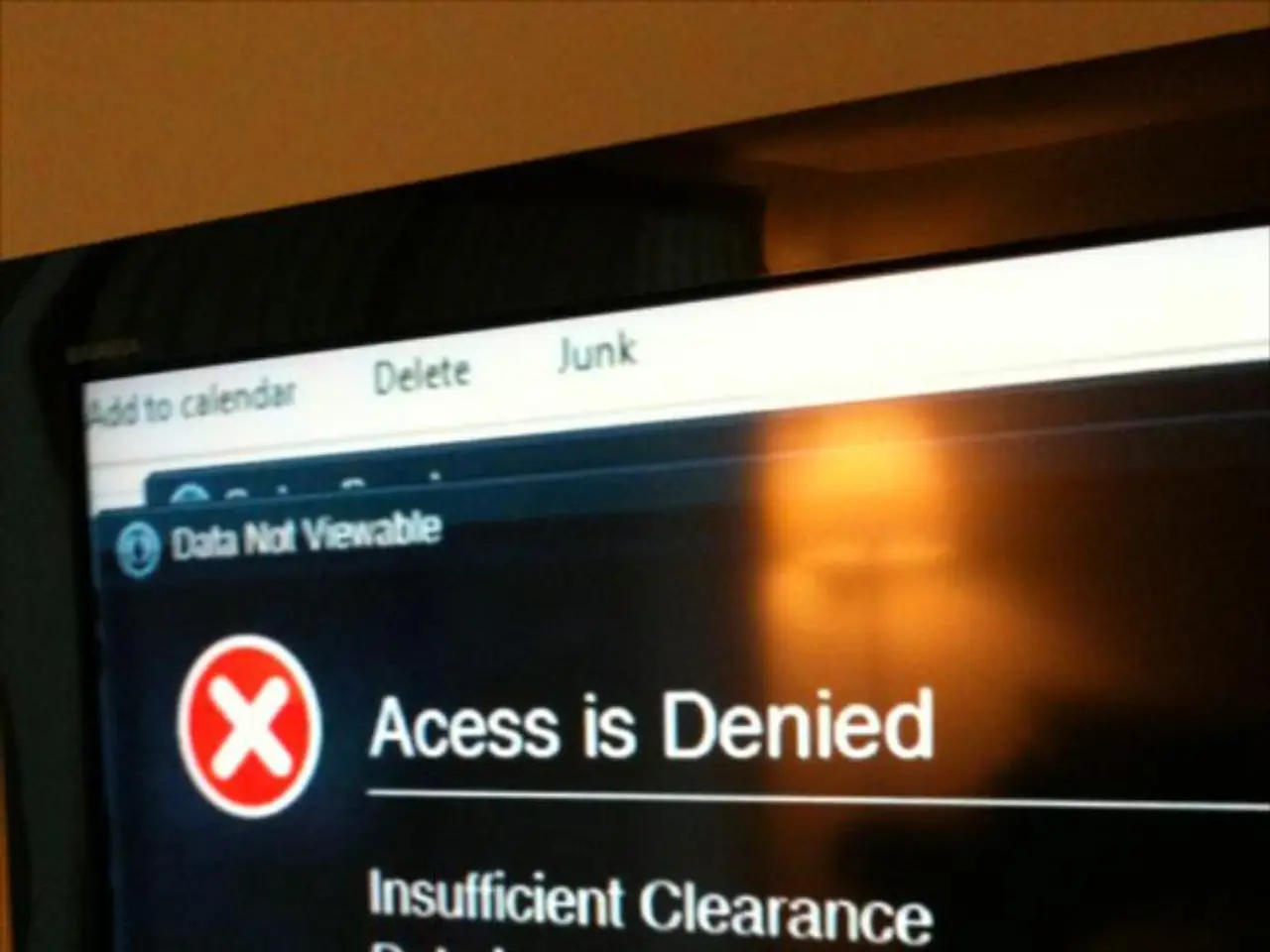Authorization Letter Explanation and Operation
In the rapidly expanding world of commercial drone use, the Federal Aviation Administration (FAA) in the United States plays a crucial role in ensuring safety and compliance with regulations. One of the key documents required for certain drone operations is a Letter of Authorization (LOA).
The process for obtaining an LOA involves several steps, each designed to ensure the safe integration of drones into the National Airspace System.
- Determining the Operational Need: The first step is to identify why an LOA is necessary. This could be for flights near airports, within restricted zones, or for specialized tasks like package delivery or surveillance.
- Preparing Documentation: Next, detailed information is submitted, including flight purpose, location, altitude, timing, safety mitigations, and pilot qualifications. In some cases, a concept of operations (ConOps) or risk mitigation plans may be required.
- Filing Through Appropriate FAA Channels: The application is then filed through the FAA’s DroneZone portal or other FAA-approved submission methods. For real-time authorization in certain airspace, systems like LAANC (Low Altitude Authorization and Notification Capability) can expedite approval for operations in Flight Restricted Zones (FRZ).
- FAA Review & Considerations: The FAA evaluates factors such as aircraft type, operational area, proximity to airports and populated areas, pilot certification, and safety assurance before granting the LOA.
- Receiving the LOA & Following Conditions: Once approved, the LOA outlines the operational limits and conditions that must be followed during flights to maintain compliance and safety.
Recent FAA rule changes have streamlined some approvals, particularly for public agencies flying Beyond Visual Line of Sight (BVLOS), requiring just a short declaration and simplified documentation, which accelerates the LOA issuance process significantly.
It is important to note that an LOA does not authorize operations in restricted zones, operations beyond visual line of sight, or nighttime missions unless explicitly stated. Additionally, the LOA does not grant authorization for specialized tasks like package delivery or surveillance unless they are mentioned in the LOA.
For instance, a construction company with a Part 107 license may receive an LOA allowing drone operations near a Class D airport for routine structural inspections. However, any deviations from the conditions laid out in the LOA can result in fines or revocation.
In conclusion, obtaining an LOA involves submitting a detailed operational plan for FAA review that ensures safe integration into the National Airspace System. The FAA issues the LOA if safety criteria are met, sometimes leveraging automated tools like LAANC for faster authorization in certain airspace.
- Given the need for safe integration of drones in the National Airspace System, the use of technology like LAANC, a Low Altitude Authorization and Notification Capability, has been adopted to expedite approved operations in Flight Restricted Zones.
- Technology, such as the drone's aircraft type and pilots' certification, is closely scrutinized by the Federal Aviation Administration during the LOA issuance process, ensuring compliance and safety throughout drone operations.




